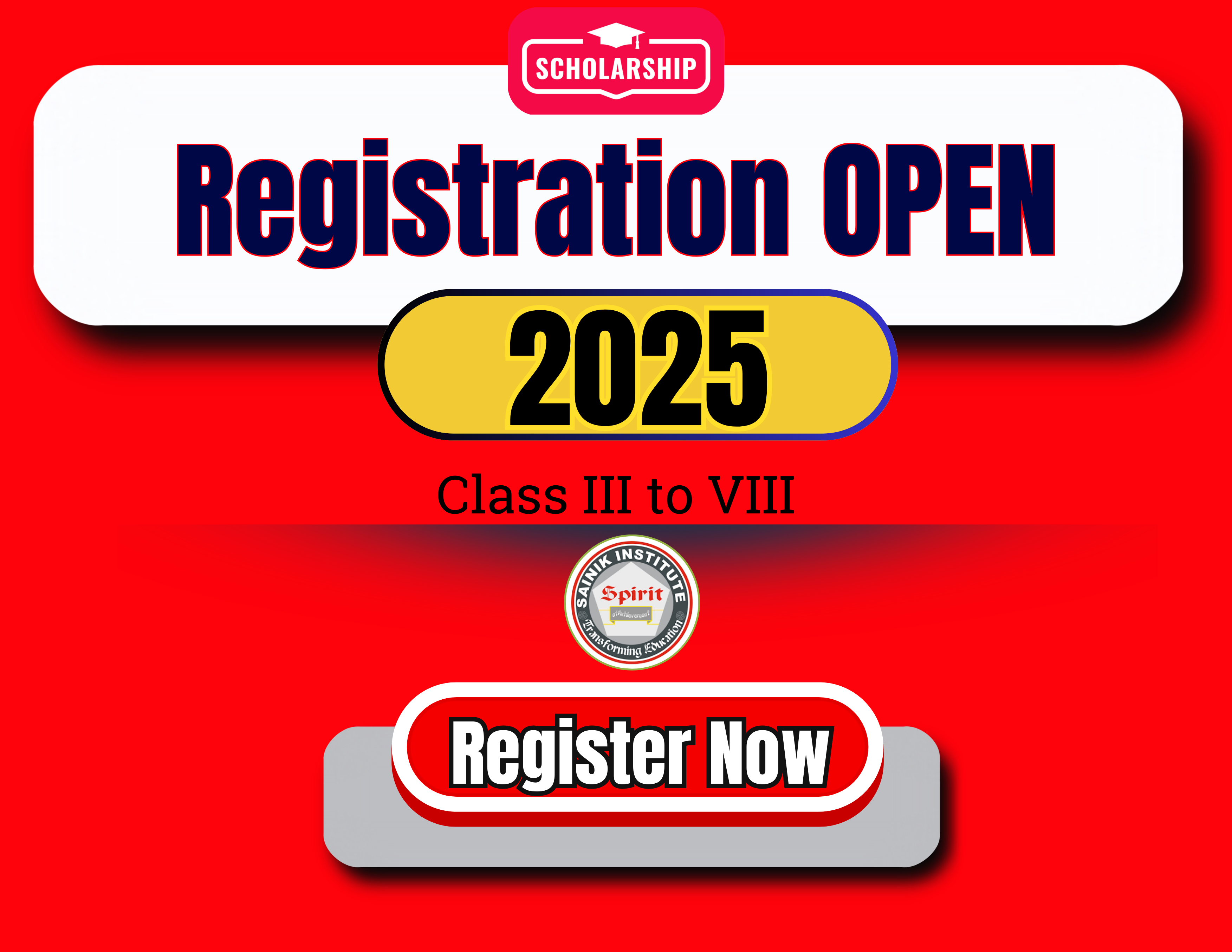
Atoms and Molecules
Atoms
These are the smallest particles of an element which may
have or may not have independent existence, but take part in a chemical
reaction. These are the building blocks of all matter.
Constituents of Atom
An atom is made up of many smaller particles called
sub-atomic particles.
Three main sub-atomic particles are electrons, protons and
neutrons.
Properties of Sub-atomic
Particles
Name | Symbol | Relative Charge | Approx. mass | Discoverer |
Electron | e or ˉ₁ e° | -1 | 0 | JJ Thomson |
Proton | p or ₁p¹ | 1 | 1 | E Rutherford and Goldstein |
Neutron | n or ₀n¹ | 0 | 1 | J Chadwick |
·
Most of the mass of an atom is contained in its
core is called nucleus.
·
Protons and neutrons are positioned is nucleus
and collectively known as nucleons.
·
Electrons keep revolving a round the nucleus on
certain path called orbits.
·
Discovery of cathode rays (by JJ Thomson) and
anode rays (by Goldstein) led to the discovery of electron and proton,
respectively.
·
Since, an atom always consists of positively
charged protons and negatively charged electrons, hence the net charge of an
atom cancels out to zero.
·
The number of protons called atomic number,
while the combined mass of protons and neutrons is called atomic mass.
Molecules
·
The smallest particle of an element or compound
which is capable of independent existence and shows all the properties of that
substance is called a molecule.
·
In general, molecule is a group of two or more
atoms that are chemically bonded together.
·
Atoms of the same element or of different
elements can join together to form molecules.
Types of Molecules
Molecules can be of
following two types
·
Molecules
of Elements The molecules of an element contains same type of
atoms (i.e. atoms incapable of existing independently).
Molecules of many elements are made up of
one atom of that element(i.e. atoms existing independently), e.g. noble gases
like argon (Ar), helium (He), etc.
The molecules of most of the non-metals are
made up of more than one atom (i.e. atoms incapable of existing indepently) e.g.
A molecule of oxygen (O²) consists of two atoms of oxygen and is known as diatomic
molecule, ozone (O₃,) consists of three atoms of oxygen.
·
Molecules
of Compounds Atoms of different elements join together in definite
proportions to form molecules of compounds, e.g. H₂O (water) molecule is made up
of hydrogen and oxygen elements in the ratio of 1:8 by mass.
lons
·
When atoms, groups of atoms or molecules lose or
gain electron(s) they become charged. These charged species are known as lons,
·
Atoms in solution generally exist in the form of
ions.
·
These can be negatively or positively charged,
thus can be categorised into two groups.
i.
Cations
The positively charged ions are known as cations. These are formed when
elements uses electrons. Usually, metals form cations. c.g. Na˖,
Ca²˖,
Alᶟ˖,
etc.
ii.
Anions
The negatively charged ions are known as anions. These are formed when elements
gain electrons. Usually, non-metals form anions. e.g. CIˉ, 0₂, Nᶟˉ etc.
Class Sessions
**************Register Now For Scholarship Exam**************

Register Now For Scholarship Exam
